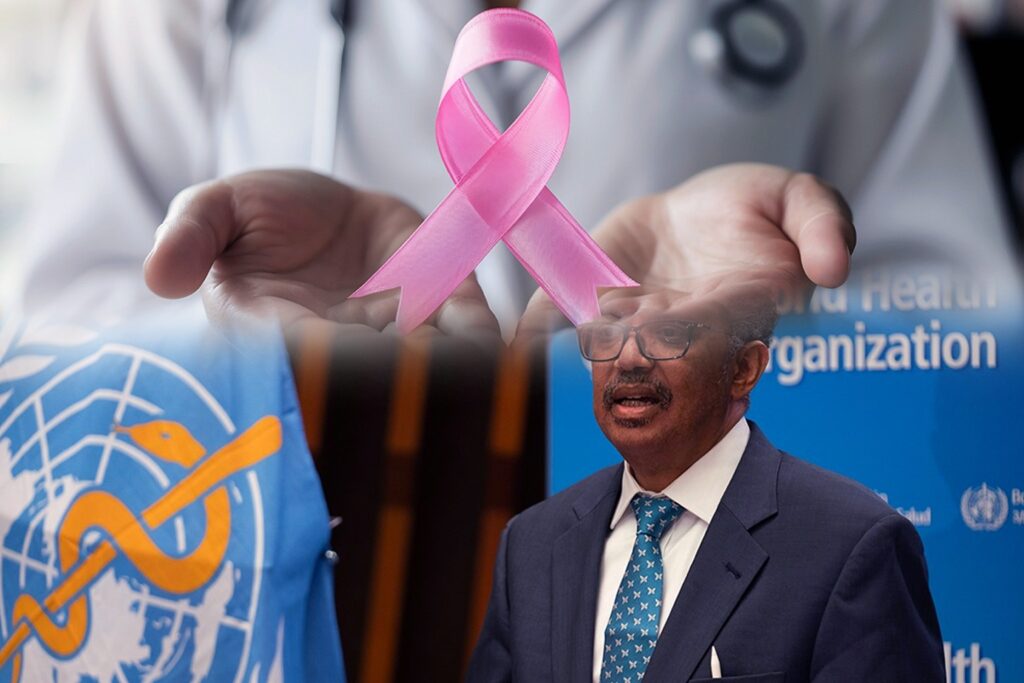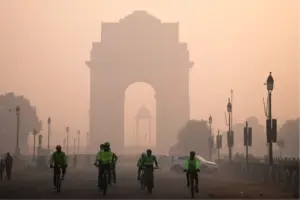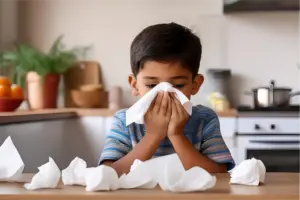
Rising Rates of Breast Cancer in India: ICMR Report Highlights Notable Patterns
With one in 20 women anticipated to be diagnosed with the disease in their lifetime, the World Health Organization (WHO) newest estimate shows that breast cancer diagnoses are rising at an alarming rate globally. Should the present patterns persist, 1.1 million breast cancer-related deaths and 3.2 million additional cases projected annually by 2025 could find their place.
The study notes that nations with a lower Human Development Index (HDI) show the most increase in breast cancer cases. Additionally published by the Indian Council of Medical Research (ICMR) are results that provide a worrisome image of India. Coming in second after China, the nation ranks third in world cancer incidence behind China and the United States and accounts for more than 10% of the cancer-related fatalities worldwide.
Growing Cancer Counts and Future Challenges
Published in The Lancet, ICMR’s most recent study looked at data across 36 different kinds of malignancies, including breast cancer, across varying age groups and sexes. According to the results, three in every five cancer diagnosis made in India die from the illness. Especially, women have a much higher cancer incidence than men, hence breast cancer is a big public health issue.
In the next two decades, experts estimate India will have considerably more difficulty controlling cancer-related mortality. Two percent annual increase in cancer cases is projected as the population ages. Because of its aggressive character and late discovery in many situations, the rising weight of breast cancer raises especially alarming concerns.
Why is cancer of the breast rising among Indian women?
Senior Consultant, Surgical Oncology, Breast Cancer, at Max Super Speciality Hospital, Saket, Dr. Aditi Chaturvedi has expressed worries over the rising number of young women diagnosed with breast cancer in India. She underlined that although five to ten percent of occurrences of breast cancer are hereditary, about ninety percent are shaped by environmental and lifestyle choices.
Breast cancer can be caused by post-menopausal weight gain, lack of exercise, too much alcohol, smoking, hormonal exposure resulting from late pregnancy and inadequate nursing. Still, she clarified, there is often no clear cause.
Leading Consultant, Oncology & Head, CK Birla Hospital, Gurugram, Dr. Rohan Khandelwal noted that better awareness and detection help to explain the growing incidence of breast cancer patients as well. Still, lifestyle choices include late marriages, delayed childbearing, less nursing, and rising female obesity rates are all quite important. Furthermore adding to the increase in incidence could be environmental pollutants such pesticide residues and hormone-laden dairy products.
Breast Cancer: East vs. India
One important discovery of the study is that, compared to Western nations, breast cancer usually strikes Indian women early on. Whereas in the West cases usually show in the late 50s, in India breast cancer cases peak in the early 40s.
The biology of the cancer observed here is more aggressive. Dr. Khandelwal noted that more cases in India fit the triple-negative breast cancer profile, which develops quickly and is more challenging to treat.
Lack of Routine Screening Results in Late Diagnoses
Lack of population-wide breast cancer screening programs is one of the main causes of India’s high death rates. Routine mammograms are advised for women over 40 in nations including the United States and the United Kingdom, therefore promoting early diagnosis and timely treatment. India, on the other hand, lacks a planned screening program, which leads to many advanced stage diagnosis of patients.
Most Indian women do not include mammograms in their regular health check-ups, so we find cancer far later. Late-stage diagnosis greatly raises death rates, said Dr. Chaturvedi.
Acknowledging the Breast Cancer Signs and Symptoms
Increasing knowledge of the early symptoms of breast cancer, experts underline, will enable timely diagnosis and treatment. Several typical warning signals include:
A bulge underarm or in the breast
Variations in size or form of the breasts
Scarring of the skin, redness, or dimpling
Nipple discharge, often with blood stains,
Pain or sensitivity in the breast
Early detection dramatically increases therapy results and survival rates. Reducing breast cancer death can be greatly influenced, claims Dr. Chaturvedi, by teaching women about self-examination and frequent visits.
The Demand of Increased Knowledge and Action
The need of national awareness campaigns and screening programs has never been more pressing given the startling rate at which breast cancer incidence are rising. Professionals advise women to keep a good lifestyle, give regular visits top priority, and be alert about changes in their breast condition.
Early detection results in improved outcomes. Early recognition of the symptoms by women and avoidance of their neglect will help us to identify and treat breast cancer before it becomes progressed. This will sharply raise India’s survival rates, said Dr. Chaturvedi.








